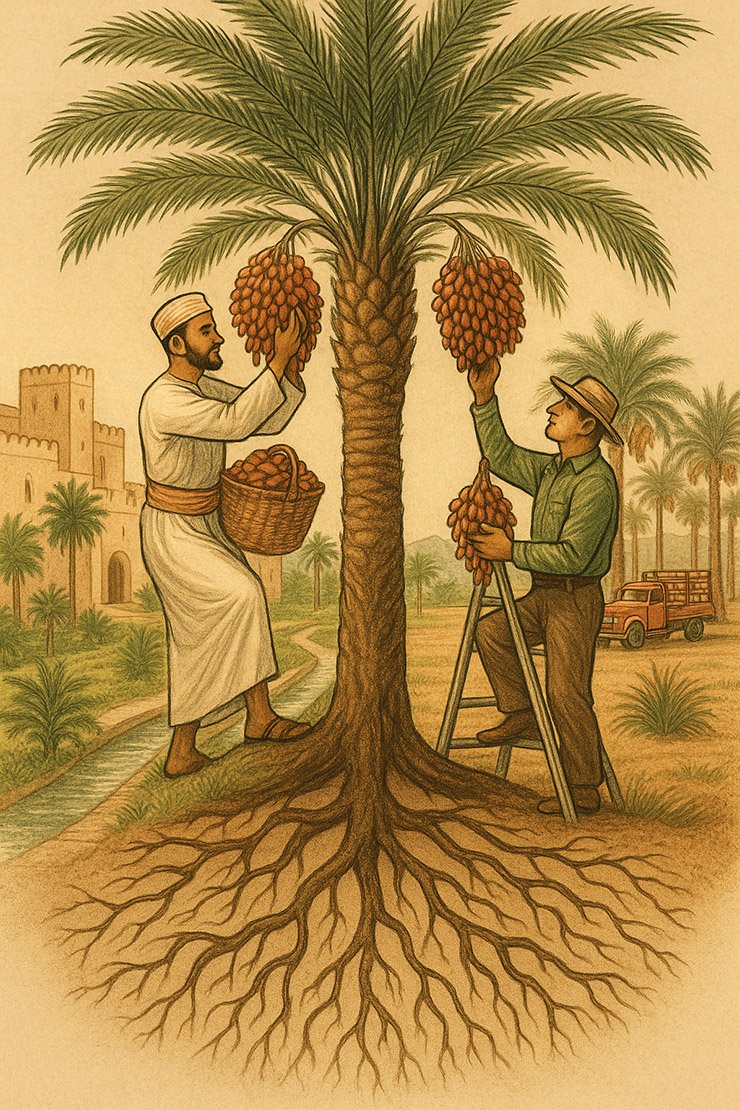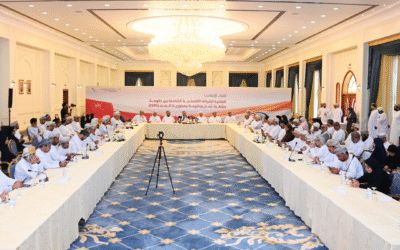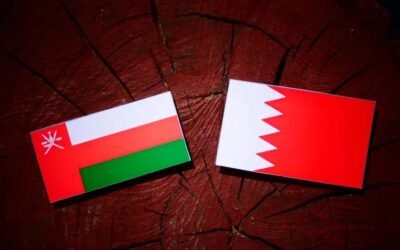Two Lands, One Tree: Exploring the Cultural and Historic Ties Between Omani and Californian Dates
In the stillness of the desert, a single tree rises—a symbol of endurance, nourishment, and heritage. For millennia, the date palm (Phoenix dactylifera) has not only sustained life but shaped civilizations. From the green oases of Oman to the sun-drenched valleys of California, this tree has transcended geography to become a bridge between East and West.
I. Ancient Roots: Oman, the Cradle of the Palm
Oman’s relationship with date palms runs deep—over 5,000 years, according to archaeological finds in sites like Bat and Al-Ayn. Dates were more than food; they were woven into daily life. Palm fronds became baskets and roofs. The pits were animal feed. The entire tree was a gift from the earth.
Oman’s falaj irrigation system, protected by UNESCO, enabled widespread cultivation in arid regions. Over 230 unique cultivars thrive in the Sultanate, with varieties like Khalas, Fardh, and Khunaizi essential to cultural and religious traditions.
II. Across Oceans: The Arrival of Dates in California
By the early 1900s, California’s Coachella Valley would become one of the largest date-producing regions in the Western Hemisphere. The USDA sent explorers like Walter Swingle to the Middle East and North Africa to collect offshoots of promising cultivars. While Oman was visited, most commercial success came from Moroccan and Algerian varieties like Medjool and Deglet Noor.
III. Fruit of the Same Tree: Differences and Similarities
| Aspect | Oman | California |
|---|---|---|
| Popular Varieties | Khalas, Fardh, Khunaizi | Medjool, Deglet Noor |
| Climate | Desert with falaj irrigation | Desert with drip systems |
| Harvest Method | Traditional, hand-picking | Mechanical aids, ladders |
| Taste Profiles | Complex and varied by region | Sweet, chewy, commercial grade |
| Cultural Significance | Daily life, religion, identity | Festival attraction, health food |
IV. Cultural Legacy: A Tree of Hospitality and Identity
In Omani homes, dates are served with qahwa—a symbol of generosity. They’re part of Ramadhan, Eid, and life milestones. In California, dates became synonymous with desert life, health culture, and tourism through the Coachella Valley Date Festival.
V. Are They Related? The Genetic Trail
No records confirm Omani offshoots in Californian groves. But genetically, both belong to the broader Arabian date palm lineage. Oman’s palms are part of the ancient DNA that lives on in modern cultivars worldwide.
VI. A Global Fruit with Shared Heritage
Oman now exports dates across the Gulf and Asia, innovating in date-based byproducts. California continues to dominate Western markets with its prized Medjool exports. Both regions celebrate and elevate the date palm—though in different ways.
VII. Bound by Roots
Though continents apart, Oman and California share the same ancient story—of survival, soil, and sweetness. The date palm is a living symbol of how two lands can grow from the same root, and still bloom in their own unique way.
Hassan Al Maqbali
Content Creator & Website Manager at Omanspire
Hassan Al Maqbali is a dedicated content creator and the website manager at Omanspire, where he writes passionately about Oman's culture, history, and the timeless stories that shape the nation’s identity. His work reflects a deep love for the Sultanate and a commitment to sharing its beauty with the world.
Driven by a desire to widen global understanding of Oman, Hassan creates narratives that present the country through diverse perspectives—capturing its people, heritage, landscapes, and evolving cultural heartbeat. Through Omanspire, he hopes to bring readers closer to the spirit of Oman, one story at a time.




